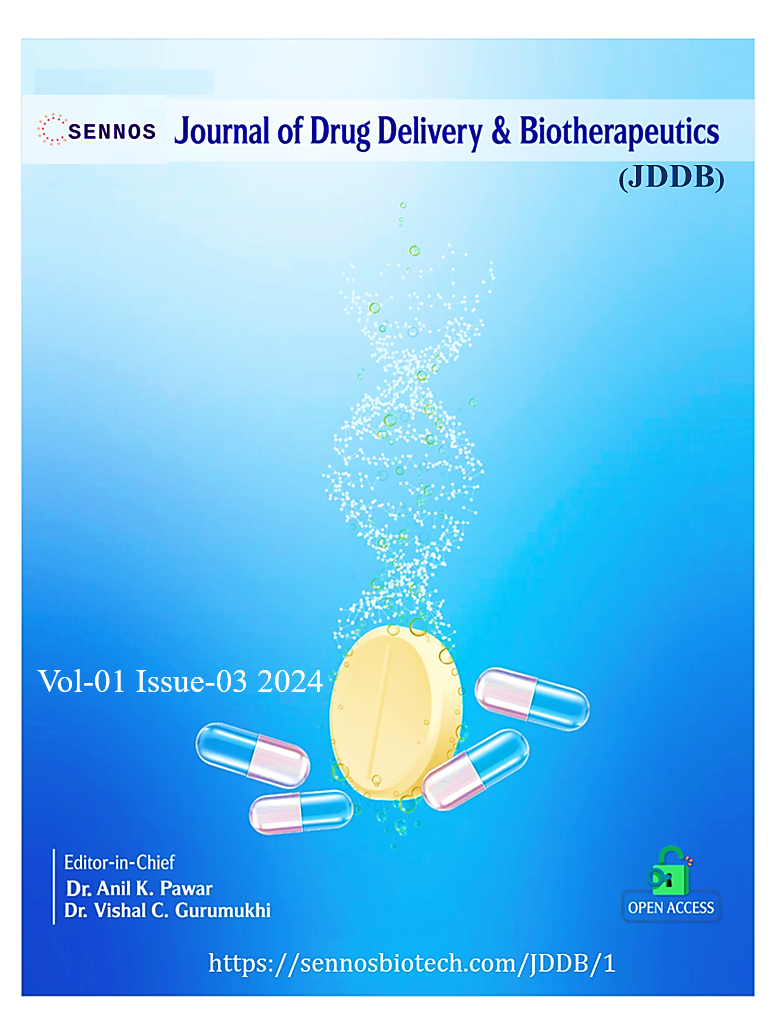Liver X Receptor (LXR) Activation as a Potential Therapeutic Strategy for the Management of Hypertension: A Comprehensive Review
DOI:
https://doi.org/10.61920/jddb.v1i03.157Keywords:
Osteoarthritis, Global Burden of Disease, Pathophysiology, Novel Drug Delivery Systems, Treatment StrategiesAbstract
Hypertension remains one of the leading causes of mortality globally, with complex mechanisms involving hormonal regulation and vascular reactivity. Recent studies have identified the Liver X receptor (LXR) as a potential key modulator in the regulation of blood pressure and vascular function. LXRs play a critical role in the modulation of the renin-angiotensin-aldosterone system (RAAS), which is central to blood pressure homeostasis. This review explores the relationship between LXRs and hypertension, emphasizing the role of LXR agonists in modulating renin gene transcription and angiotensin II (Ang II)-mediated vascular responses. LXR activation has been shown to downregulate angiotensin II receptor expression (AT1 and AT2), thereby reducing vascular responsiveness to Ang II and lowering blood pressure. Additionally, LXR agonists such as T0901317 and GW3965 have been demonstrated to decrease NF-κB and TNF-α expression in hypertensive models, contributing to reduced inflammation and improved endothelial function. Moreover, LXR agonists enhance nitrite production and improve nitric oxide (NO) bioavailability, which are crucial for vascular health. These findings highlight the potential of LXRs as therapeutic targets for hypertension management. Targeting LXR pathways could provide a novel approach to controlling blood pressure through modulation of the RAAS and inflammatory pathways, offering new avenues for therapeutic intervention in hypertensive patients.
Downloads
Published
Issue
Section
License
Copyright (c) 2024 Dipti Patil

This work is licensed under a Creative Commons Attribution 4.0 International License.





